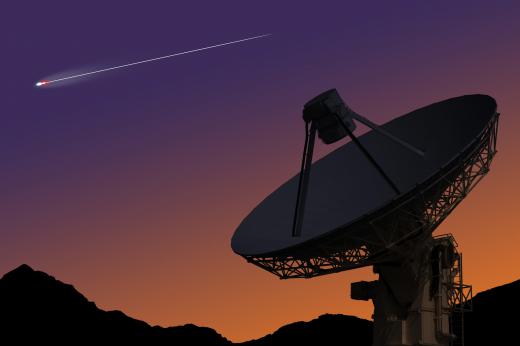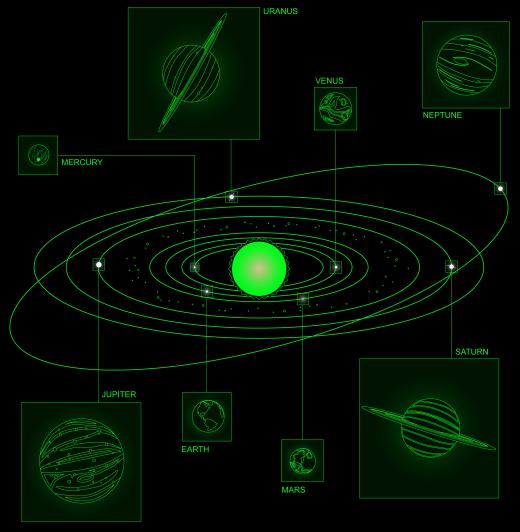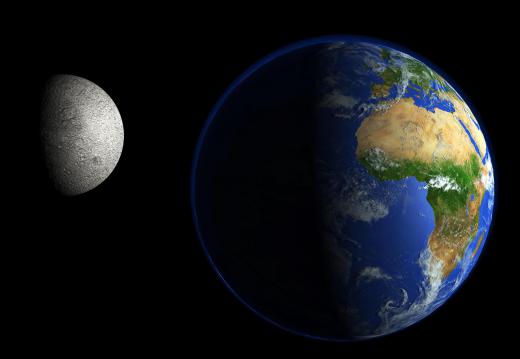What is Astronomy?
 Michael Anissimov
Michael Anissimov
Astronomy is the study of celestial objects, phenomena, and origins. One of the oldest sciences, astronomy has been practiced since prehistoric times. Modern astronomy depends highly on accepted physical theories, such as Newton's Laws of Motion and general relativity. In the past, astronomy was something anyone could do, and many seers and sages made reputations for themselves by using the stars for useful functions, such as telling what time of the year it is, or navigating the seas. Columbus and his contemporaries used the stars to navigate across the Atlantic ocean.
It wasn't until the Renaissance that the theory of heliocentricity in astronomy, the idea that the Earth orbits the Sun rather than vice versa, began to acquire popular currency. Reflecting telescopes were invented in the early 1600s, and Galileo Galilei used them to take detailed observations of our Moon, which he revealed was mountainous, and observe Jupiter's four largest moons, now named the Galilean moons in his honor. Newton improved on Galileo's design, inventing the reflecting telescope, which is still used in optical telescopes to this day.

IN 1781, Sir William Herschel discovered the planet Uranus. In 1838, parallax — the slight difference in stellar position due to Earth's location in its orbit — was used to precisely determine the distance of stars. Neptune was discovered shortly thereafter. Pluto was discovered only as recently as 1930.
Modern astronomy is very complicated and expensive. Instead of only observing light rays, we observe radar, infrared, x-rays, and even cosmic rays. Orbital observatories such as the Hubble Space Telescope have produced the best images, include extremely high-resolution photographs of other galaxies.

In the mid-20th century, it was discovered that the universe was expanding. This, along with other evidence, led to the theory of the Big Bang, that the entire universe began as a point particle of extreme density. Later observations of the cosmic microwave background confirmed this, and the Big Bang continues as the primary theory of cosmological origins to this day.

The future of astronomy lies in the development of new observational technologies. One of interest is interferometry, sometimes called "hypertelescopes," which use a network of telescopes working cooperatively to resolve images. These could develop to the point where we can observe extrasolar planets with telescopes directly, instead of just detecting them from their gravitational signature.
AS FEATURED ON:
AS FEATURED ON:

















Discussion Comments
Can anybody tell me some good resources for a astronomy courses for homeschoolers? I want to find one that has general astronomy information, some links to reputable astronomy sites, and maybe some astronomy star charts and books.
Can anybody help me out?
Hi all -- I'm planning on teaching a mini astronomy course next semester, and was wondering if anybody knew of any good, reputable astronomy magazines that I could reference for the class.
I'm trying to make the whole idea of astronomy more accessible to the students, and thought that maybe having them subscribe to a fun astronomy magazine might be a good way to go.
Can anybody tell me of any good magazines (or other resources) for this type of thing?
Thanks!
That's pretty cool -- I had no idea that astronomy was so advanced during the Renaissance. I guess what with all the astronomy info and software out there today we tend to think of astronomy as a modern thing, but I guess it's not.
Very interesting, I learned a lot -- thanks!
Post your comments